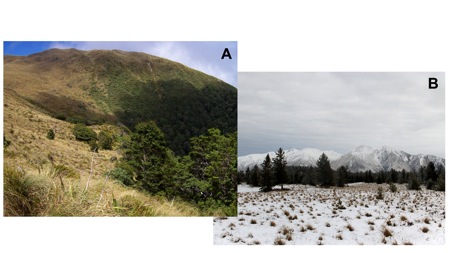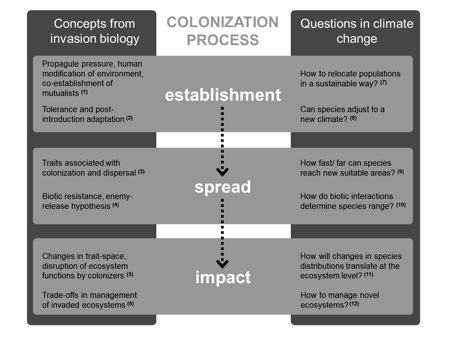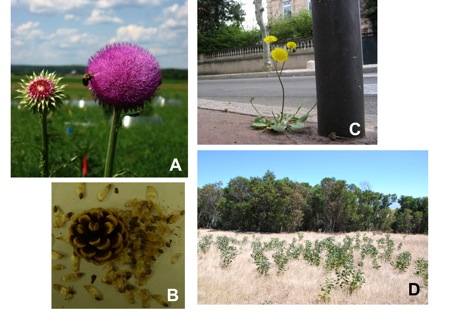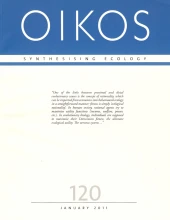Climate change and plant movements and invasions was discussed during the ESA-meeting 2011. The result – a Forum paper is now published online in Oikos: “Movement, impacts and management of plant distributions in response to climate change: insights from invasions” by P. Caplat et al. Below you find Yvonne Buckley’s background story to the paper:
Plants are moving as their habitat changes due to climate change. If species are to persist they are required to adapt or move somewhere else. Species dynamics are extremely hard to predict, making global change research a challenging enterprise. Invasion ecology however has many case-studies, concepts and challenges in documenting, predicting and managing how species move, and how their movement affects ecosystems.
Invasive plants are extremely good at moving and present very real challenges for predicting where they will move to, how fast and how ecosystems will respond to immigrants. We invited 10 colleagues from around the world with diverse interests in the ecological, evolutionary and social dimensions of invasion to discuss how invasion ecology can contribute to predictions of plant movement in response to climate change at a special session of the 2011 Ecological Society of America meeting in Austin. Sparked by presentations and discussion at that session we wrote a discussion piece for the Oikos Forum.
Climate change and biological invasions exhibit similar dynamics and processes. In the following figure, we show A: a New-Zealand native tree (Nothofagus menziesii), recruiting above the climatic tree line in the Mataketake Range, New-Zealand (courtesy of M. Harsch); B: an invasive pine (Pinus nigra) expanding on a mountainous grassland near Lake Coleridge, New-Zealand.
In the paper, we outline the similarities between invasion dynamics and climate induced range-shifts. The figure below shows how concepts from invasion biology can contribute to questions relevant to climate change research.
Many of these concepts concern the properties plants should have to be able to track their environment or adapt to new conditions. The colonisation of new environments emphasizes the role of dispersal, which has been intensely studied in invasion biology. The following picture illustrates this. A: Invasive thistle Carduus nutans responded to experimental warming by growing taller, therefore increasing its dispersal ability; B: having light, winged seeds allows pine tree Pinus nigra to spread far and fast; C: the dispersal traits of invasive Crepis sancta evolved rapidly when the plants colonized a fragmented urban environment (courtesy of G. Przetak); D: high seed production , amongst other traits, allow Acacia pycnantha to invade grasslands in the Western Cape, South Africa.
Invasion processes are not entirely analogous with plant movements in response to climate change but they do present some useful examples and a large volume of data which could be synthesised to shed light on ecological, evolutionary and social processes that are involved when plants move.





[…] A brief summary of the paper can be found on the Oikos journal blog: https://oikosjournal.wordpress.com/2013/08/02/moving-plants-and-invasions/ […]
By: New Oikos article about plant movement & invasions | Buckley Ecology Lab on August 15, 2013
at 11:27 pm